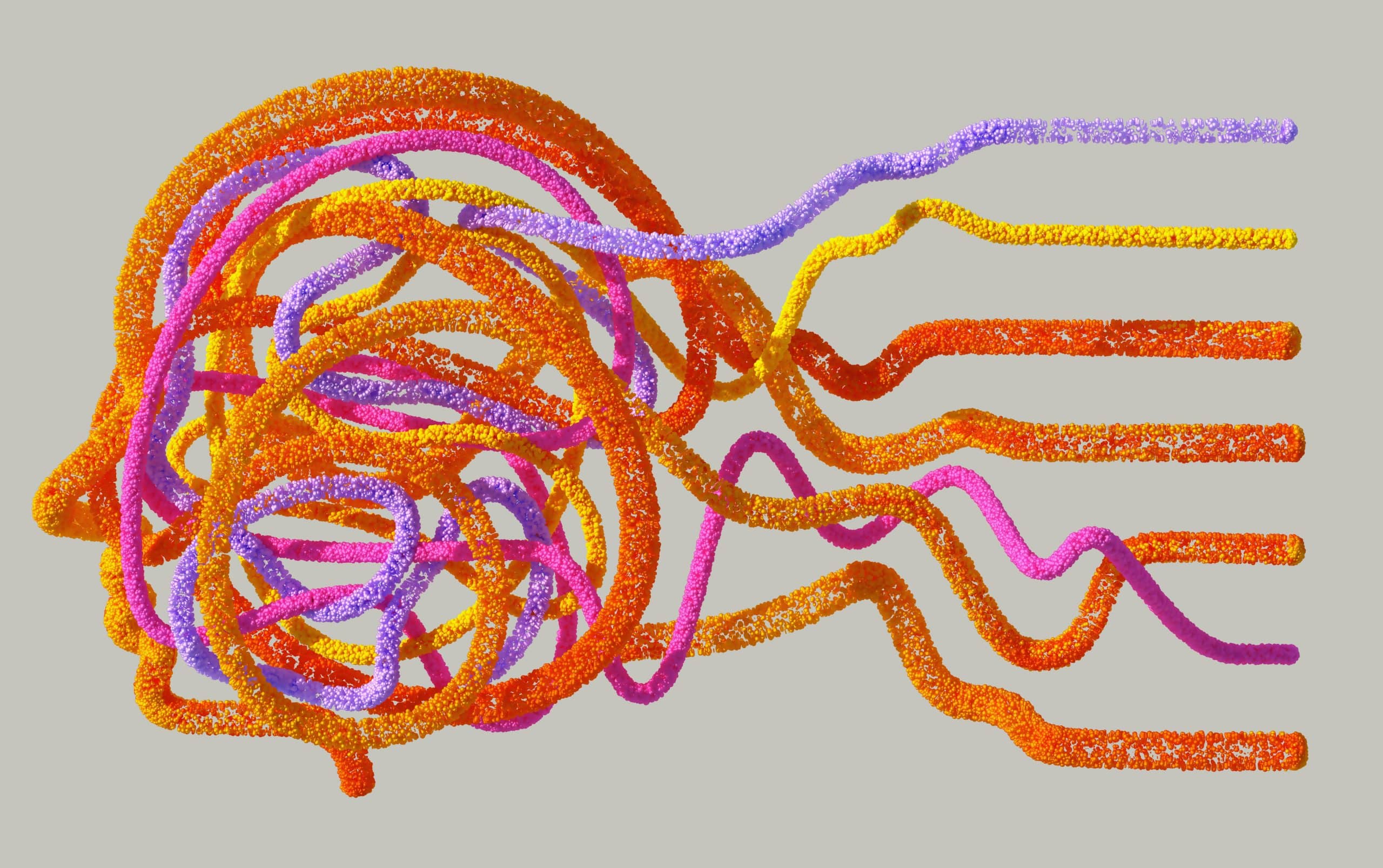Intermittent fasting has changed my entire relationship with food. If you had told me 5 years ago that skipping breakfast would become one of the best decisions of my life, I probably would have laughed while chomping into a bacon and egg sandwich. But here we are.
Intermittent fasting (IF) has changed the way I approach food, energy, and overall wellness. As someone who has lived this lifestyle on and off for years now, I have come to appreciate not just the physical perks but also the mental clarity and freedom it brings. Now, I will break down some of the positives, negatives, and styles of IF. It might just be what you are looking for.
Benefits of Intermittent Fasting
One of the first things I noticed when starting intermittent fasting was a boost in energy. Seriously, I was not expecting it. But once I got through the initial adjustment period, my mid-morning fog disappeared, and I felt more alert and focused throughout the day. Without the constant need to snack or eat, there was no energy crash, and my body seemed to settle into a natural rhythm that supported clearer thinking and better decision-making. And I did not need 3 cups of coffee to get there, I just had to be consistent.
Weight loss? Absolutely. That was the main benefit that pulled me in. By limiting the window in which I eat, I found myself being able to consume fewer calories without feeling deprived. The best part is that I was not obsessing over food. Intermittent fasting helped me eat more mindfully. Over time, as the weight started coming off, it was not just the number on the scale that was dropping. My clothes fit better, and I was more comfortable in my skin.
Beyond the scale and brain fog, intermittent fasting had a major impact on my relationship with food. Rather than thinking of food as something that I had to constantly manage – what to eat, when to eat, and how much to eat – with IF, food became simpler. I look forward to meals rather than stressing over them. And the time saved by not having to prep and eat six meals a day? Glorious. It allowed me to spend that time doing more of the things that I enjoy.
Some Risks and Drawbacks
Now, to be clear, intermittent fasting is not all about sunshine and shredded abs. The first couple of weeks are tough. I was cranky, my stomach sounded like a haunted house, and all I thought about was food. It takes time for your body and your mind to adjust. It is easy to get discouraged when you do not feel the benefits right away. The hunger pains are loud in the beginning, and if you are not careful, you might end up overcompensating during your feeding window. But sticking to the program will get you where you want to be.
My social life took a bit of a hit, too. Have you ever tried explaining to your friends that you are not eating lunch because your window does not open until 2 p.m.? Yeah, it gets old. Intermittent fasting can feel restrictive in situations where food is the connection. Holidays, birthdays, or spontaneous dinners become a mental tug-of-war. It is manageable with planning, but if flexibility is your vibe, IF will be challenging at times. So, pick a feeding window that best suits your lifestyle. It will benefit you in the long run.
Then, there is the risk of focusing too much on control. Intermittent fasting can get obsessive, especially if you are someone who struggles with perfectionism. Missing or skipping a feeding window can feel like a failure, even though it is not. It is very important to stay grounded and remember that it is to be used as a tool, not a rule book by which to live and die. And if you have any history of eating disorders or medical conditions, be sure to talk to a healthcare professional before jumping in.
Different Types of Intermittent Fasting
Intermittent fasting is not a one-size-fits-all method. There are several popular ways to incorporate it, depending on your preference and lifestyle. One of the most common is the 16:8 method, where you fast for 16 hours and eat during an 8-hour window, say from noon till 8 p.m. This is great for beginners because you are essentially skipping breakfast, and most of your fasting hours happen when you are asleep. The benefits here include steady energy levels, improved insulin sensitivity, and gradual fat loss. Just remember, 8 hours is a large feeding window, so be sure not to overindulge during that time.
Then, there is the 5:2 method, which shakes things up a bit. With this approach, you eat normally 5 days a week and restrict calories (usually around 500-600) for the other two non-consecutive days. This is ideal for people who do not want to fast daily but still want some of the metabolic perks. People report better control over their eating habits and noticeable weight loss, and some studies even suggest improved cholesterol and blood pressure levels over time. It is more flexible, which makes it easier to stick with over time.
Another approach is alternate-day fasting, where you fast every other day, often consuming only water, black coffee, and tea. While this can be a bit intense, especially for beginners, it is known for rapid results in weight loss and metabolic health. There is also OMAD (One Meal a Day), which compresses your eating into just one meal or about 1-2 hours of eating. OMAD is more extreme but can deliver fast results for those who thrive on routine. Each method has its perks, you just need to find what fits your life and goals best.
Conclusion
Intermittent fasting, for me, has been a game changer. The beauty of IF is its simplicity and flexibility, but it also demands self-awareness and balance. It is about tuning into your body, not pushing it. Over time, I have learned to embrace the lifestyle without letting it run my life. If you are curious about fasting, start slow, stay consistent, and listen to your body. Like anything worthwhile, it takes patience. But when it works, it works well. And hey, who knew skipping breakfast could be the most powerful self-care move you might ever make?










